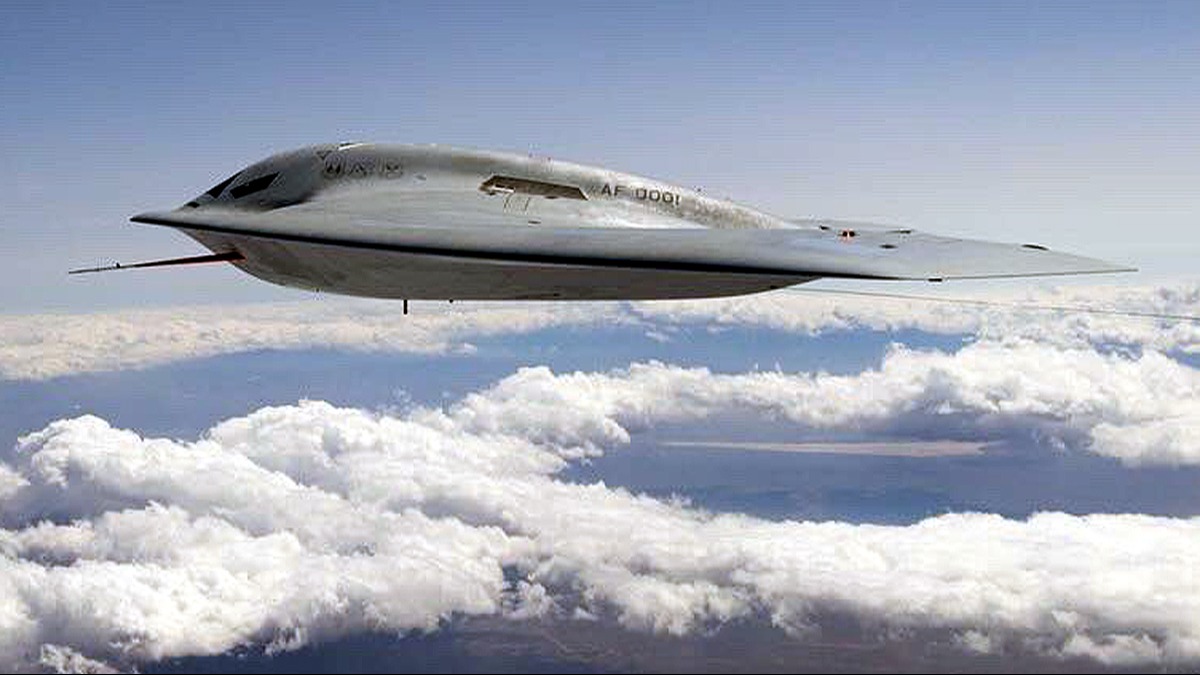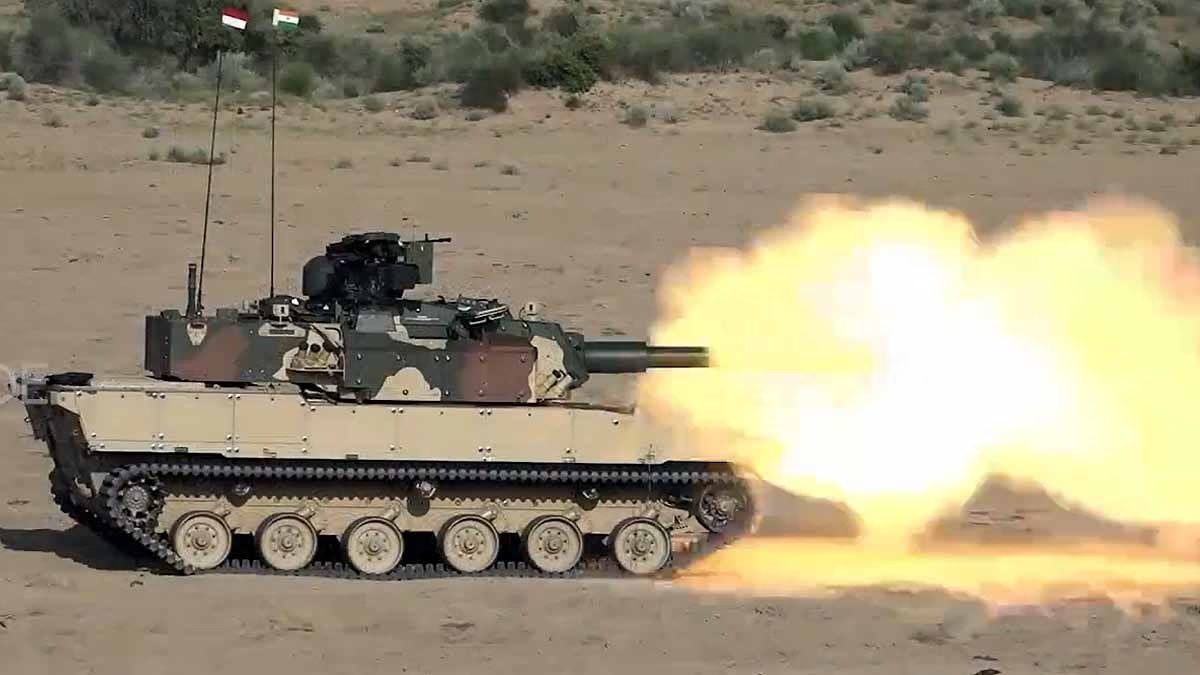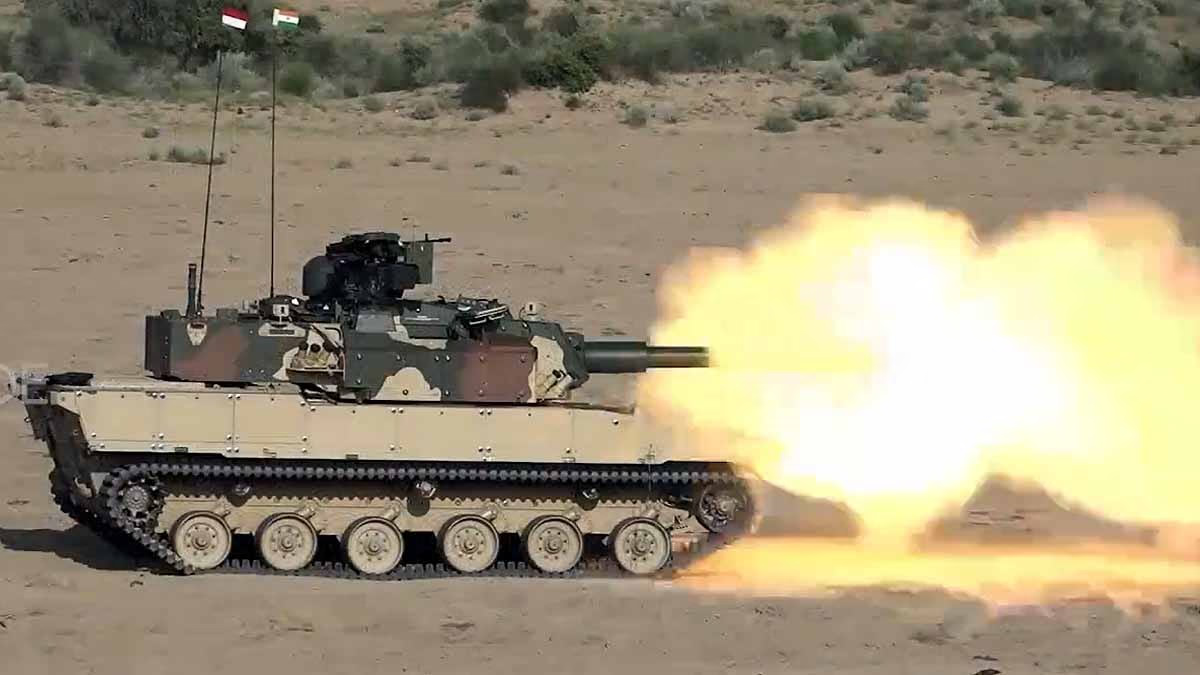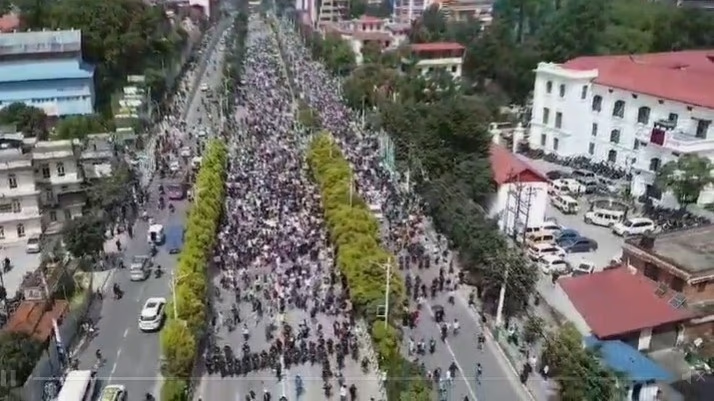The U.S. has released the first photo of the world’s most advanced, dangerous stealth bomber capable of attacking in complete secrecy. Meet the sixth-generation stealth bomber B-21 Raider. The U.S. Air Force plans to acquire 100 of these bombers by 2025-26 to replace the B-2 and B1-B bombers by 2030.
Claimed to be unlike any bomber ever built, the B-21 Raider's most extraordinary feature is its ability to evade detection by any radar, striking deep into enemy territory undetached. The U.S. has developed its first stealth bomber in 30 years.
Read Next:
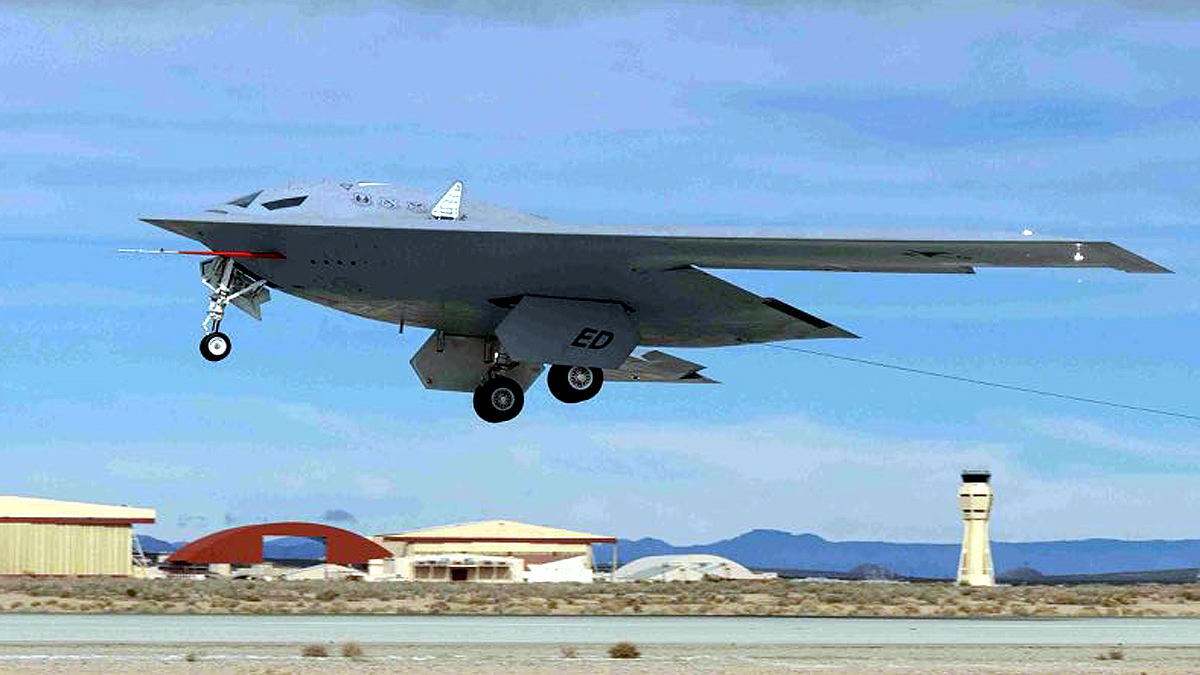
Source: aajtak
Crafted by Northrop Grumman, no other country possesses a bomber of this kind. It’s fully digital, a long-range strike bomber employing materials and metals around its structure to remain invisible to radars.
With a Fearsome Speed of 2000 km/hr
The B-21 Raider is equipped with a modified Pratt & Whitney F135-PW-100 engine, allowing it to fly at speeds near 2000 km/hr, exceptionally fast for a bomber. It might even exceed these speeds, as the company has not disclosed full capabilities.
Explore More:

Source: aajtak
This bomber can soar between 50 to 60 thousand feet, with capabilities to wreak havoc anywhere, in sync with America’s next-gen long-range fighter jets known as Penetrating Counter Air. Combined, they have the potential to unleash devastation worldwide.
Versatile Armament Options
The Raider can be outfitted with both conventional and nuclear weaponry. It’s built using an open system architecture, facilitating updates at any time. As a digital bomber, software, technology, and engineering can all be controlled from a single location.
Named 'Raider' in homage to the April 1942 raid on Japan led by Lieutenant Colonel James 'Jimmy' Doolittle, a significant day during World War II, the U.S. Air Force expects to commission it between 2026 and 2027.
